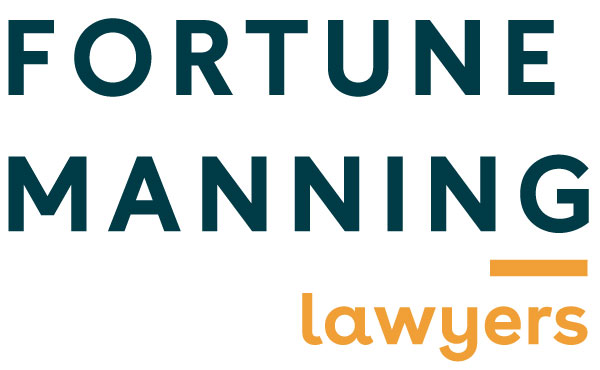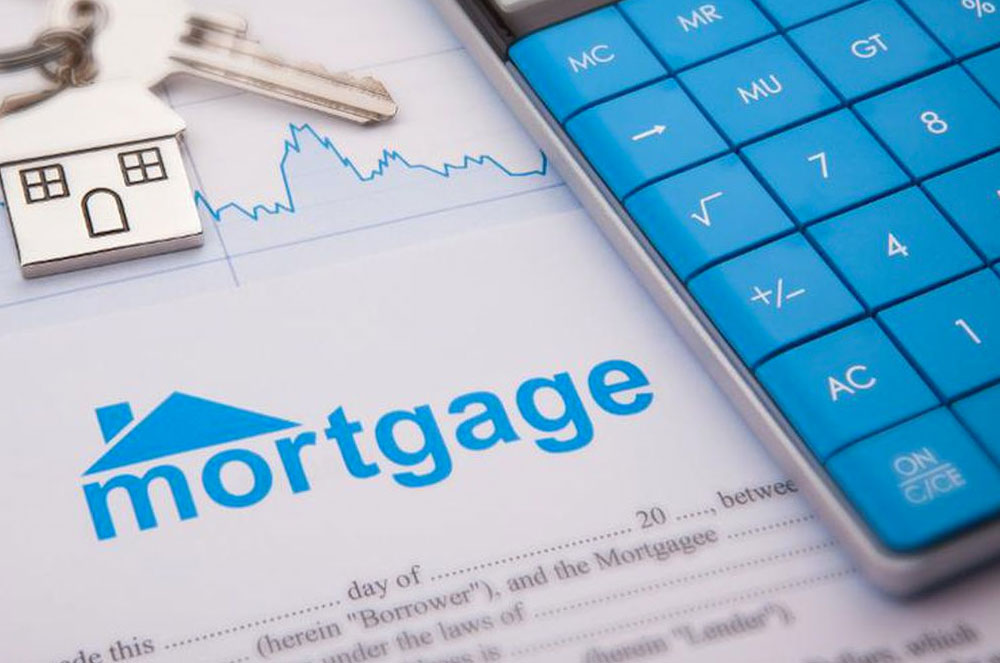Reverse Annuity Mortgages
Let us suppose that you own your own home worth $355,000 which is mortgage free and that your only income is National Superannuation. You can find sufficient funds to meet basic outgoings but repairs and maintenance are becoming a worry and you may have to cancel your medical insurance but don’t know how you will pay for health care and prescription drugs. By taking out a reverse equity mortgage, you can have access to the equity in your home to pay these outgoings, without having to sell your house.
Reverse annuity mortgages have been growing in numbers due to necessity. In the past these loans have been viewed with scepticism due to the seemingly high costs and interest rates. Some of the more modern loans are easier to understand, give greater flexibility, have some safeguards and are at lower interest rates than offered in the past. Nevertheless there could be pitfalls and each loan needs to be considered carefully and compared with others on offer, as well as matching the loan to your own needs.
The mortgages come in different forms and bear different names, including “Equity Release Mortgages” and “Lifetime Loans”.
Each scheme has its own characteristics but the basic fundamentals are as follows:
- The mortgages allow borrowers over a certain age, usually 60 or 65, without an income stream, to access the equity in their houses.
- Applicants can apply for a loan up to pre-determined percentages (depending on the lender) of the current market value of their home.
- The loan amount can increase every year past the commencement date – the older the customer and the greater the value in the home, the more money can be borrowed.
- Monies received under the mortgage are tax free and will usually be obtained in a lump sum, or possibly by way of a monthly payment.
- As the amount borrowed increases so the equity in the home will reduce.
- The amount owing may not be repayable until the last surviving borrower either moves from the home permanently or dies.
- Some of the loans on the market are non-recourse loans, so the amount owed can never exceed the value of the borrower’s equity in the property. This means the borrower can never be in default provided they maintain the property in a reasonable condition and meet all their insurance and rates obligations.
- Each loan has an establishment fee. Most fees are added to the loan amount along with interest and are paid on maturity. There may also be a reinsurance levy.
- Interest rates vary. Some are fixed and some are anchored at a percentage above the New Zealand 90 day bank bill rate.
- A valuation will be required at the outset. Some lenders pay the valuation fee and add it to the amount of the loan.
- The rights to repay the loan at any time prior to maturity vary between different loans. Some may allow early repayment subject to payment of a penalty.
- No change of ownership is required to the property as the loan is secured by a mortgage. If the borrower sells the property and repurchases the loan can be transferred to another property.
- There are no monthly payments due by the borrower.
These mortgages are not for everyone
One of the most important aspects is the matter of inheritance. After taking out a reverse annuity mortgage there will be a consequent reduction in the size of the borrower’s Estate which will continue to reduce as the years go by. The mortgages are most suited to those who are asset rich but income poor, and want to enjoy life a bit more.
By way of example we set out below the position for an individual aged 73 with a property value of $355,000, with no initial capital sum but desires payment of a monthly annuity of $365. The interest rate is 11% and the term of the mortgage is set at the life expectancy, or when the client moves out of and/or sells the security property, whichever event first occurs.
| Year | Estimated Premium Owing $ | Estimated Property Value $ | Estimated Equity Remaining $ |
| 2 4 6 8 10 12 14 16 18 20 21 | 17,810 35,441 56,004 78,753 107,337 142,000 184,708 237,945 302,922 383,535 430,345 | 369,342 384,263 399,788 415,939 432,743 450,226 468,415 487,339 507,027 527,577 538,062 | 351,532 348,822 343,783 337,186 325,406 308,226 283,707 249,394 204,106 143,977 107,717 |
The above table assumes that the lender has paid all the fees and charges associated with the policy on the borrower’s behalf and has added them to the balance of the mortgage, that the security property has increased at a rate of 2% per annum, and that no repayments have been made during the term of the mortgage.
Reverse annuity mortgages will differ between mortgage providers and between each borrower. Whether such a mortgage is the correct option for a particular individual must be considered on a case by case basis.
We have acted for a number of clients who have entered into these loans. For assistance, please contact Tony Fortune, Bill Duncan or Lauren Corbett


